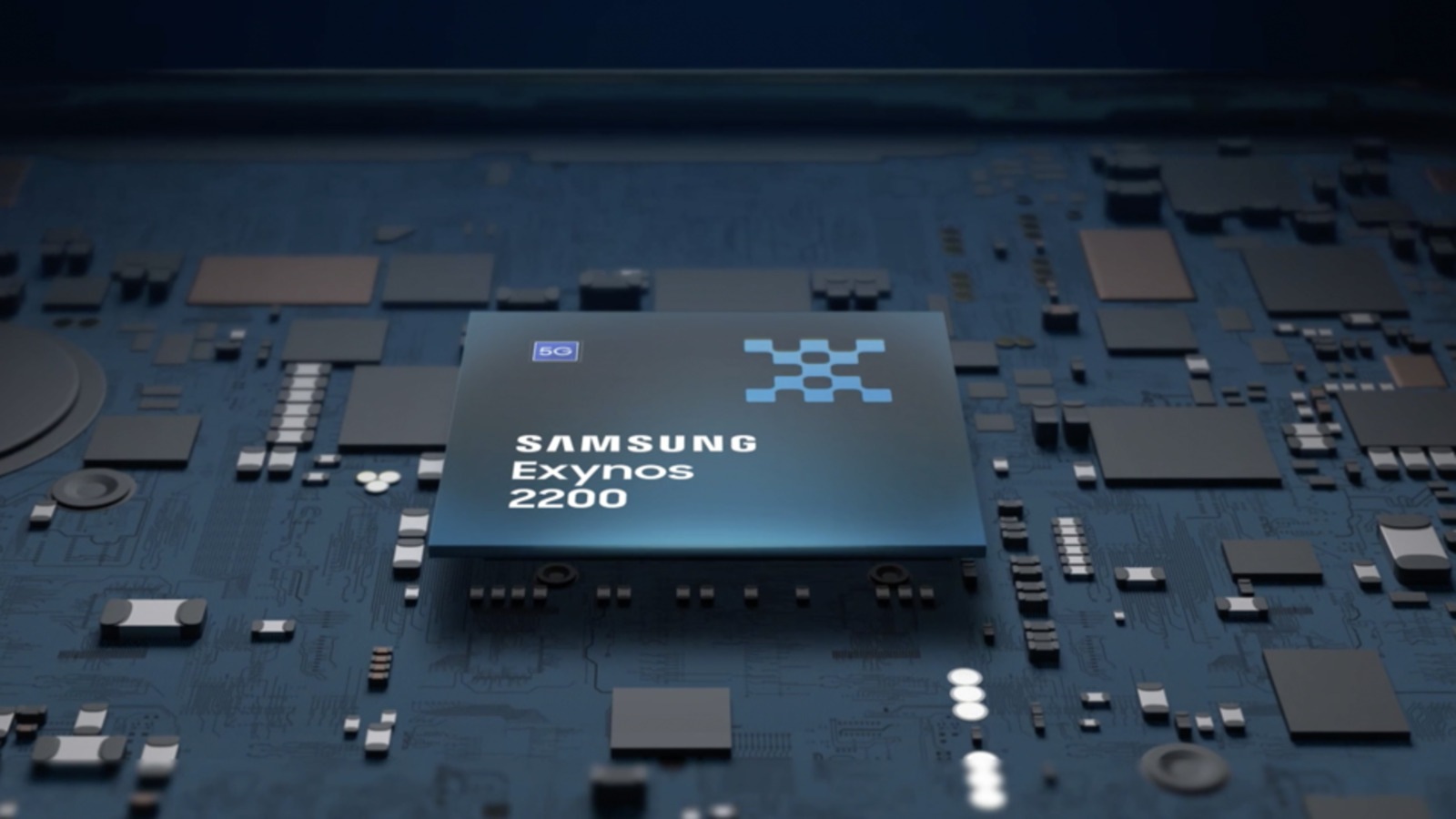Gaming is the focal point for Samsung’s next mobile chip, but caveats may apply
Samsung has announced its next challenger in the mobile processor space – it’s called Exynos 2200. It is set to power the company’s next line-up of smartphones, expected to be the Galaxy S22 series, which should be unveiled next month.
This chip will sit across the table from the likes of Qualcomm’s Snapdragon 8 Gen 1, MediaTek Dimensity 1200, Huawei’s Hisilicon Kirin 9000 series and Apple A15 Bionic. All said and done, will the Exynos 2200 take a big step forward in terms of gaming on smartphones?
The not-so-secret ingredient for the Exynos 2200 is AMD’s RDNA 2 graphics architecture, and the gaming console inspiration that comes with it. But what really is the big deal about the AMD RDNA 2 technology? This is the architecture that has been used as the foundation for what Samsung calls the Xclipse graphics processing unit (GPU) that’ll sit alongside the new processor.
Incidentally, it this very architecture that AMD has used as the basis for developing graphics for the latest generation Sony PlayStation 5 and the Microsoft Xbox Series X and Xbox Series S consoles.
That means gamers will be able to take advantage of features such as Ray Tracing — in gaming, this tech is used to simulate lighting effects, patterns of rays and reflections in graphically rendered scenes for more realism. The Exynos 2200 will be the first ever implementation of hardware-accelerated ray tracing on mobile GPUs, used in smartphones.
Also Read: Play, Pay, News: Why Google’s services are on CCI radar
But before you begin to expect console-esque gaming on your phone, there are certain variables that will likely come into play. Heat dissipation has a huge bearing on how fast the processor will clock once the virtual ceiling is in place to prevent overheating. Phones heat up quicker than a PC, and most definitely much more than a gaming console.
Each phone may get a different level of throttling, depending on size and capacity of the cooling architecture. That will decide for how long the maximum performance is available before things are clocked down to keep the internals safe. Those are basics for gaming on phones, no matter the tech or hardware in place.
Secondly, graphics intensive games may need updates to be able to take advantage of all the benefits of the new architecture, which is likely to happen in due course.
Finally, how much free RAM is available at the time (the apps running in the background have a say in this), will have a bearing on performance.
The Exynos 2200 is manufactured using Samsung’s 4-nanometer (nm) EUV process. The Snapdragon 8 Gen 1 also has a similar architecture, for instance. Yet, the Apple A15 Bionic which is still the fastest mobile processor for smartphones, has been made on the 5nm process.
There will be a tri-cluster structure at play in Samsung’s newest chip — this will have one high performance ARM Cortex X2 flagship core, three cores that’ll be ready to handle the medium performance tasks while four cores that are optimized for apps that don’t require as much performance grunt, to save on battery.
We will get to know the exact core speeds for this chip when the Samsung Galaxy S22 is announced next month. Some battery life advantages are to be expected in theory — a smaller physical size of the chip and the on-the-fly adjustment of settings for performance, should help draw more runtime from each battery charge cycle.
Right now, we do not know how the Exynos 2200 will perform in the real world. Till we get to use the next line of Samsung’s flagship phones, that is. Samsung uses the Exynos chips in flagship Galaxy S phones in many countries including India, though phones sold in the US are powered by Qualcomm processors.
For all the latest business News Click Here


